Carl Zimmer's Blog, page 96
April 8, 2010
Confusing Cavemen
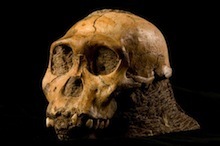 In Slate today, I take a look at the newly unveiled fossils of a strange new hominin, Australopithecus sediba. I try to separate the hype from the significance of this long-legged, long-armed, tiny-brained beast. My conclusion: let's not turn this into another Darwinius affair!
In Slate today, I take a look at the newly unveiled fossils of a strange new hominin, Australopithecus sediba. I try to separate the hype from the significance of this long-legged, long-armed, tiny-brained beast. My conclusion: let's not turn this into another Darwinius affair!
[Photo by Brett Eloff courtesy of Lee Berger and University of Witwatersrand:]

April 7, 2010
Drosophila, We Hardly Knew Ye
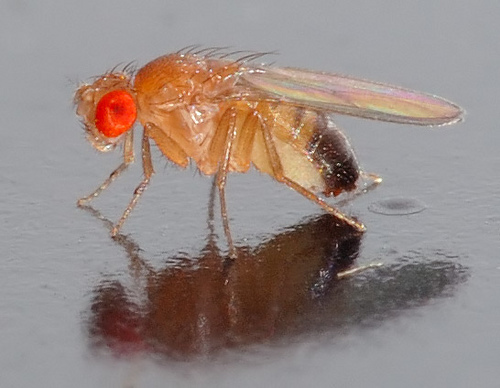 Is Drosophila melanogaster, one of science's favorite creatures, about to lose its name? Rex Dalton at Nature has the story of this taxonomic imbroglio.
Is Drosophila melanogaster, one of science's favorite creatures, about to lose its name? Rex Dalton at Nature has the story of this taxonomic imbroglio.
[Image by André Karwath aka Aka via Flickr:]

The Infected Wilderness
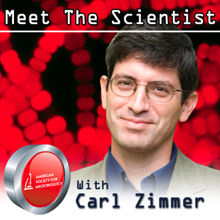 Did pregnancy tests help drive frogs extinct around the world? In my latest podcast, I talk to wildlife disease expert Peter Daszak about his research on how germs can drive animal species to extinctions, and jump from animals to us. Check it out.
Did pregnancy tests help drive frogs extinct around the world? In my latest podcast, I talk to wildlife disease expert Peter Daszak about his research on how germs can drive animal species to extinctions, and jump from animals to us. Check it out.

Evolved For Sushi
Ed Yong, thankfully, is all over a new study on how the microbes in the guts Japanese people acquired genes from ocean germs to digest sushi. It's yet another example of the mind-blowing science emerging from the study of our microbiome–the trillions of non-human organisms that share our body with us. For more on the microbiome, listen to my recent podcast with microbiomist (I just made that up, but it feels so right) Rob Knight.
April 6, 2010
Genome Showdown: Oh–Snap!
A commenter takes a microbe-lover to task. It's on! Jonathan Eisen, we await your flying scissor kick!

April 5, 2010
EarthSky Interview
At the AAAS meeting a few weeks back, I sat down with Lindsay Patterson of the radio show EarthSky to talk about evolution. Here's a new 90-second piece that's now airing.

Come to the Island of Science Writing!
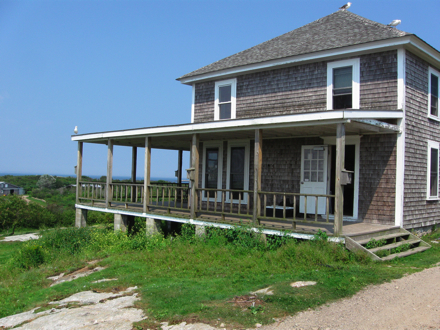 This August I will be teaching a week-long writing course on Appledore Island in the Gulf of Maine. Last year, the first time around, we had a blast, embarking on an Ahab-like quest for hagfish, observing the role played by mind-controlling parasites in the ecology of the island's tidal zone, learning how to use broken 300-year-old pipe stems and cod ear bones to reconstruct American's first economic boom, and much more. (Here are some articles the students wrote about their experiences.)
This August I will be teaching a week-long writing course on Appledore Island in the Gulf of Maine. Last year, the first time around, we had a blast, embarking on an Ahab-like quest for hagfish, observing the role played by mind-controlling parasites in the ecology of the island's tidal zone, learning how to use broken 300-year-old pipe stems and cod ear bones to reconstruct American's first economic boom, and much more. (Here are some articles the students wrote about their experiences.)
Thi...
The Science Times: The Book, The Class?
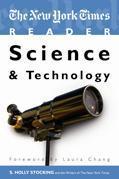 A couple of my articles are included in a new book, The New York Times Reader: Science and Technology. Edited by S. Holly Stocking, it's an anthology that can stand on its own, or serve as reading for a journalism class. Here's a description of the book from the publisher's web site:
A couple of my articles are included in a new book, The New York Times Reader: Science and Technology. Edited by S. Holly Stocking, it's an anthology that can stand on its own, or serve as reading for a journalism class. Here's a description of the book from the publisher's web site:
Science writing poses specific challenges: Science writers must engage their audiences while also explaining unfamiliar scientific concepts and processes. Further, they must illuminate arcane research methods...
Hello Boston: Coming to the Museum of Science, April 17
I'll be giving a talk at the Museum of Science in Boston on Saturday, April 17. It's the keynote address at the annual meeting of the Massachusetts Academy of Science. I'm going to talk about spangled dinosaurs, how scientists are splashing colors all over the history of life, and what all that color can tell us about evolution.
My talk is just one part of an all-day celebration of science for all ages. (The entire Zimmer clan will be in attendance.) For information on registration and...
April 2, 2010
Yet-Another-Genome Syndrome
There's a certain kind of headline I have become sick of: "Scientists Have Sequenced the Genome of Species X!"
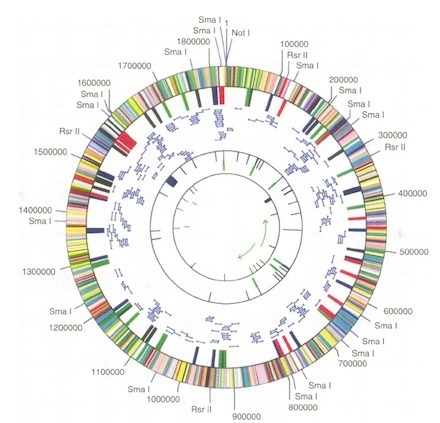 Fifteen years ago, things were different. In 1995, scientists published the first complete genome of a free-living organisms ever–that of a nasty germ called Haemophilus influenzae. Bear in mind, this was in the dark ages of the twentieth century, when a scientist might spend a decade trying to decipher the sequence of a single gene.
Fifteen years ago, things were different. In 1995, scientists published the first complete genome of a free-living organisms ever–that of a nasty germ called Haemophilus influenzae. Bear in mind, this was in the dark ages of the twentieth century, when a scientist might spend a decade trying to decipher the sequence of a single gene.
And then, with a giant thwomp, a team of scientists ...













